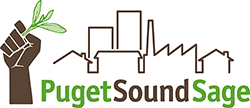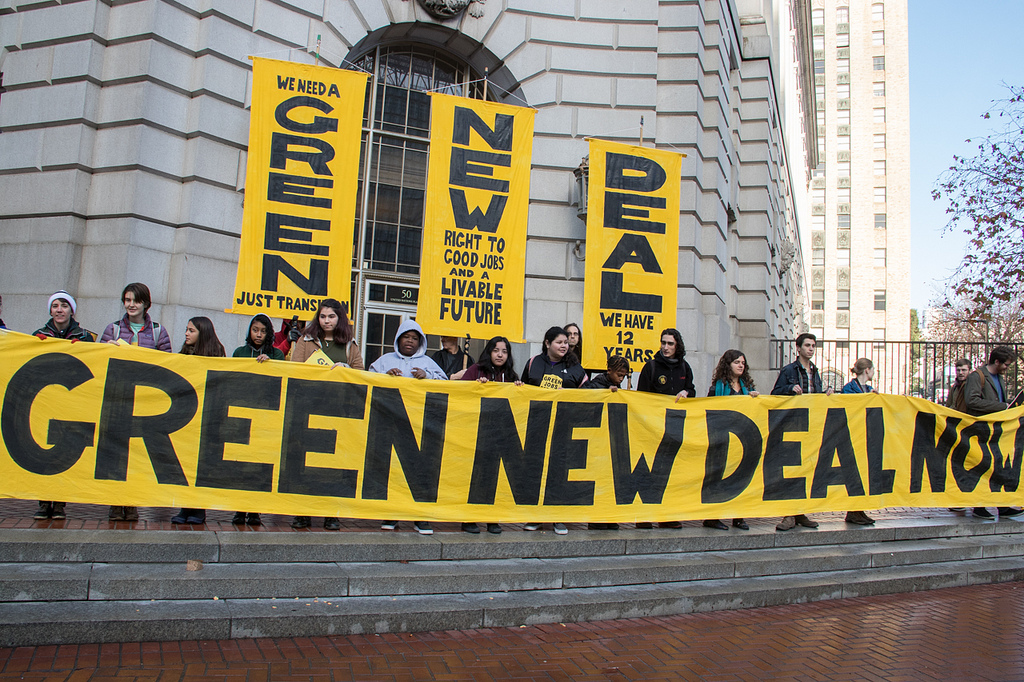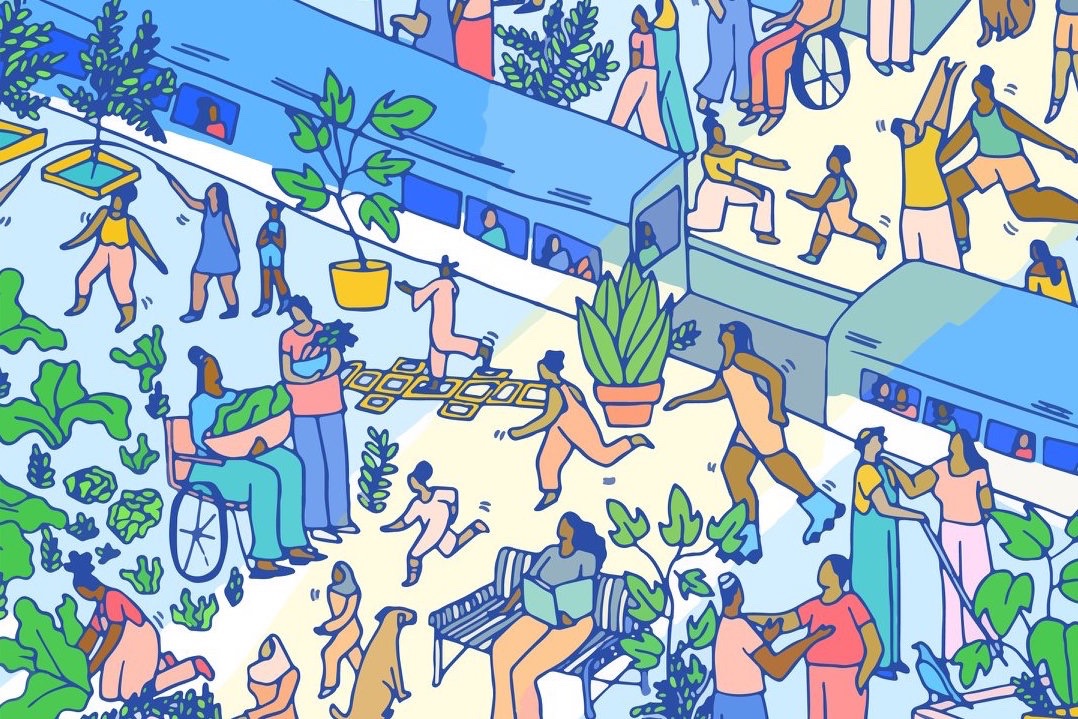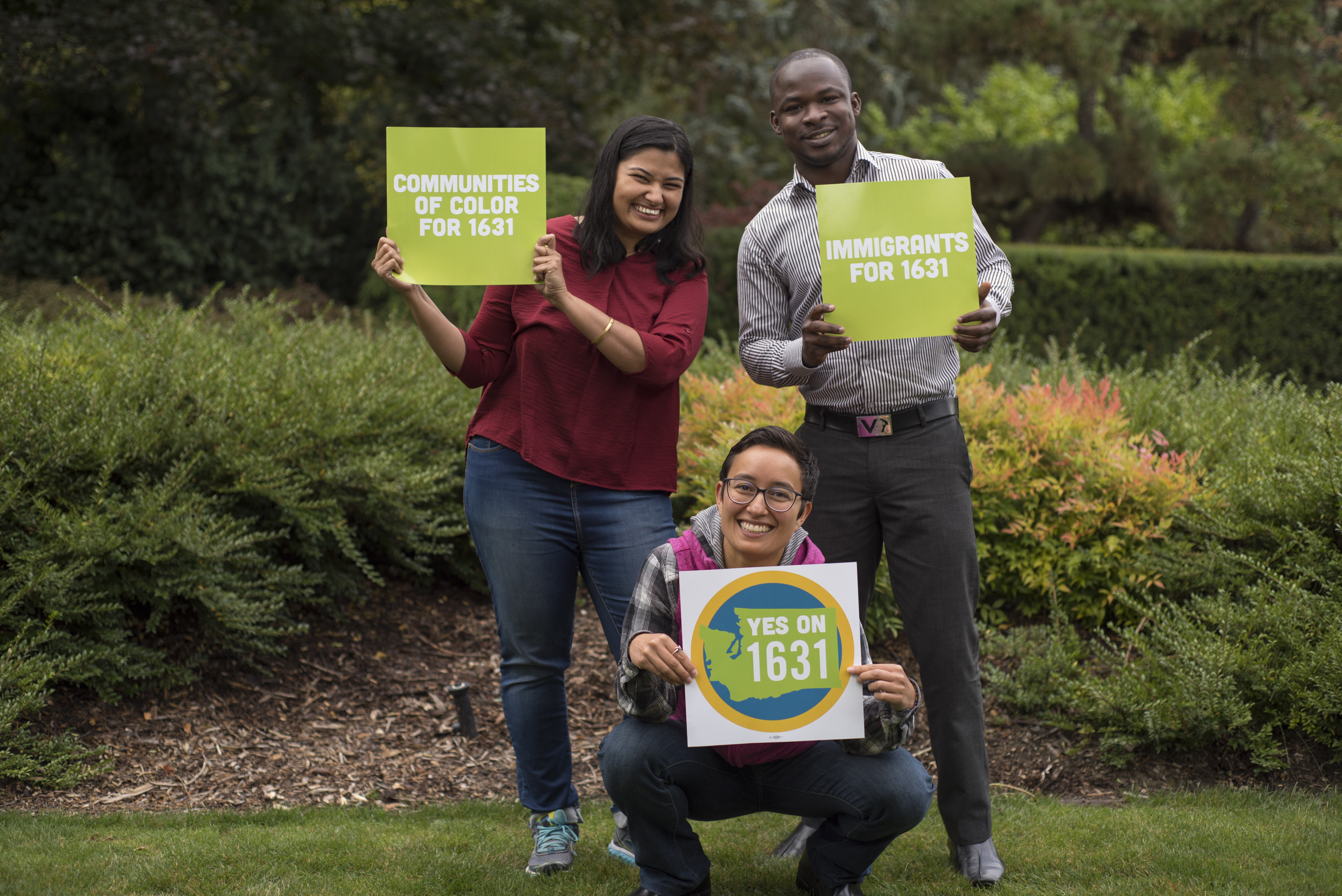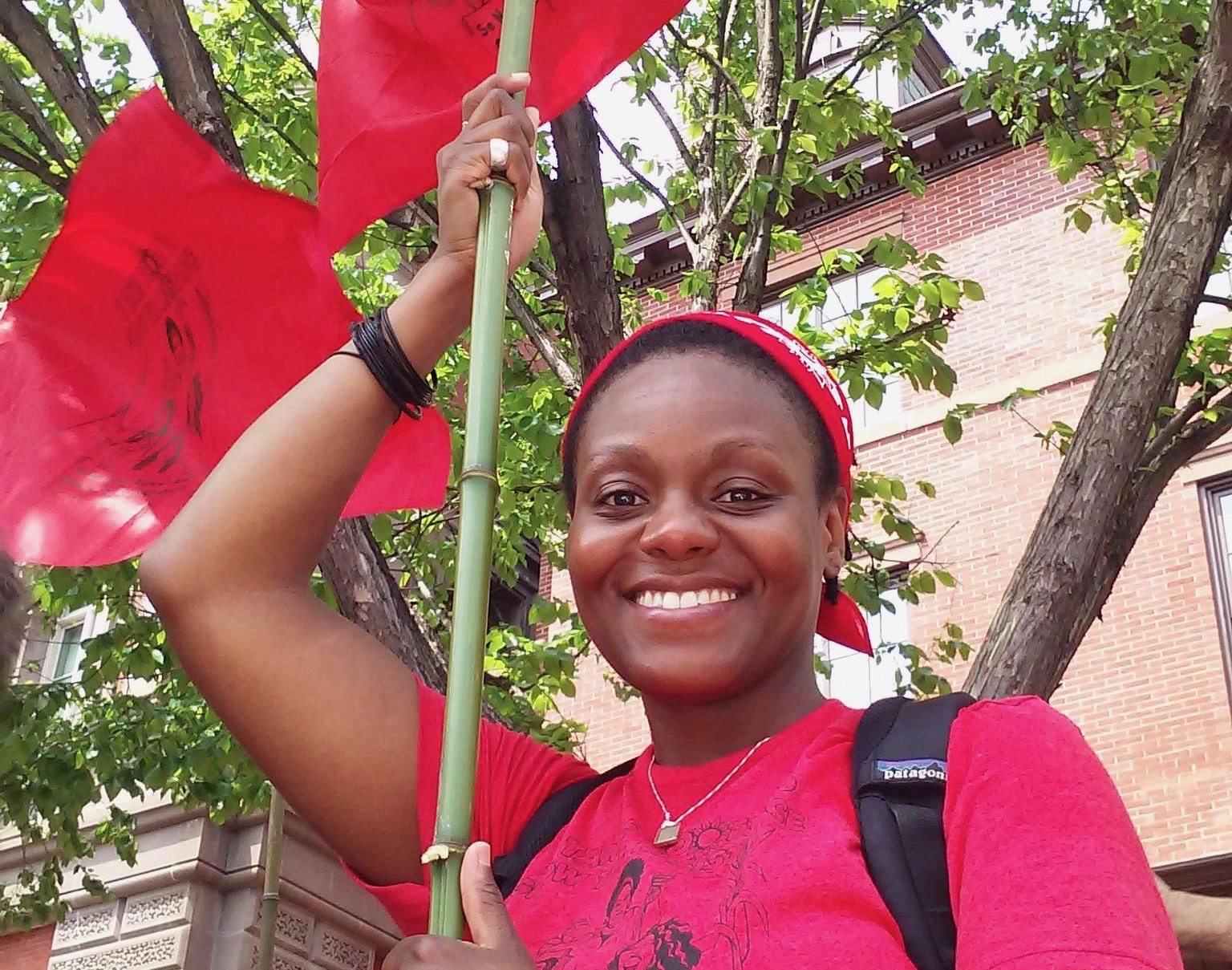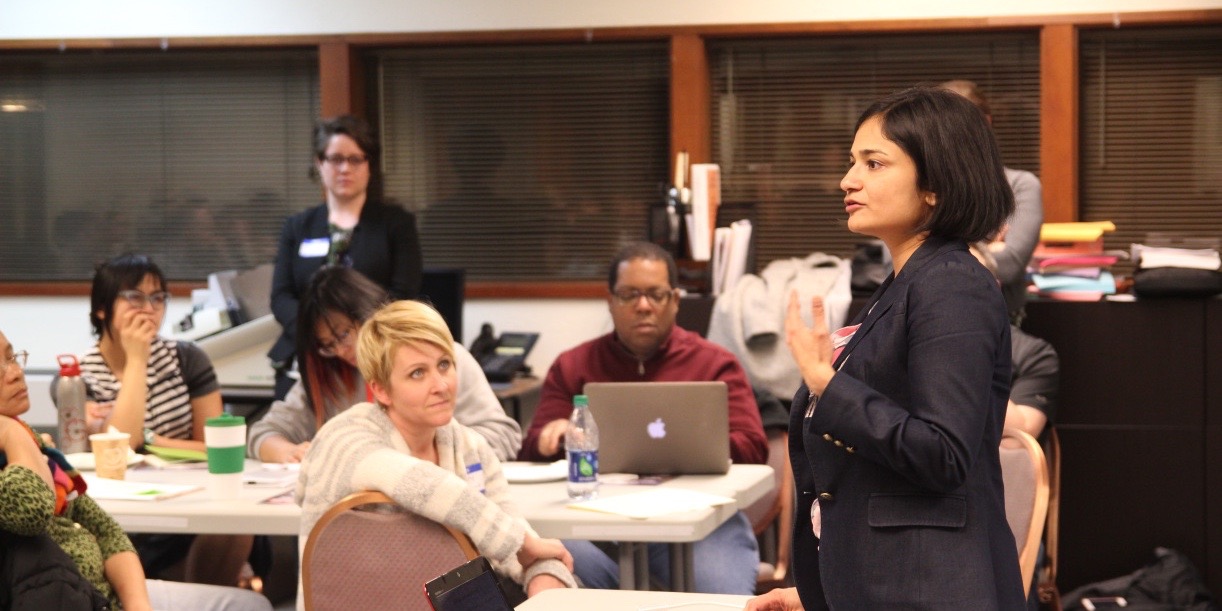By Debolina Banerjee, Katrina Peterson & Howard Greenwich
I-1631 is a game changer for people of color in Washington. The net benefits of investing in clean energy and pollution clean-up will include improved health, thousands of good jobs, lower energy costs, and a boost for local economies.
In a previous article, we broke down the ways that I-1631 will invest in communities most harmed by fossil fuel pollution – places and people that are disproportionately people of color. In a follow-up article, we explored the myriad ways that the fossil fuel industry makes communities of color pay with their health and safety – but also how much we will benefit when dirty fuel corporations end those practices. In this article, we show how the sum of the benefits greatly outweigh any costs. We project that I-1631 will result in:
- At least $450 million a year in clean energy and pollution clean-up that meaningfully benefits our communities.
- $171 million a year savings in health costs due to reduced vehicle pollution, just in the Puget Sound region.
- Economic relief for individual households impacted by pollution-triggered respiratory disease, like asthma and heart conditions.
- Long-term benefits to our state economy and our communities that could see a return of up to $30 dollars for every $1 invested.
- Creation of at least 8,500 jobs a year that can provide opportunity for people with barriers to employment in green jobs. This number increases each year as investment increases.
- $100 million a year for energy rebates and bill assistance for lower-income households.
- Less than $9 a month cost to low-income households that don’t take advantage of energy rebates. That’s less than a Netflix subscription.
- Lower-income households (making less than $40,000 a year), as a group, would pay less than 24% of the total share of the fee. Higher income households would bear most of the cost because they spend far more on energy, including gas and utilities.
Optimizing Benefits to Our Communities
By design, I-1631 creates both short-term and long-term economic gains for individuals and our communities. Evidence from decades of research on the costs of pollution (and benefits of regulation) shows that society makes big gains when polluters are held accountable.
Investments to Clean Up Pollution and Create Clean Energy
The new carbon fee will create about $1 billion a year in revenue that will be invested in cleaning up Washington’s fossil fuel pollution. At least 45% of the investment will be prioritized for communities that have been harmed the most by pollution or who need inclusion in a clean energy future. This will result in hundreds of millions every year for our communities, including public health, public transit, locally-owned energy, resiliency to weather events, and rebates to people struggling to meet their utility bills.
Health Cost Savings from Reduced Pollution
The Puget Sound Clean Air Agency (PSCAA) found that the clean energy investments from I-1631 could cut the worst of fossil fuel pollution, the tiny chemical particles that go deep into our lungs, by 50% per year in Kitsap, King, Pierce and Snohomish Counties.1 These are the same particles linked to asthma and heart conditions which disproportionately affect communities of color. Using the same cost model as the PSCAA, we estimate that this could result in $171 million a year savings in pollution-caused health costs.2 And that’s just estimating for the four-county area overseen by the PSCAA, and just for reduction of pollution from highways (e.g., no industrial facilities or buildings).
At an individual level, reduction of air pollution can have significant health benefits to households with someone suffering from asthma or heart conditions. Treating asthma cost an average of $3,266 per year in medical expenses, including office visits, medications, and emergency room visits.3 With dramatically fewer fine particles of pollution in the air, families can worry less about asthma triggers for their children and elders.
Long-Term Economic Benefits
Fossil fuel corporations have a dirty little big secret they don’t want to get out - regulations that clean-up pollution comes with enormous benefits compared to the costs. In a comprehensive study, the U.S. Environmental Protection Agency’s estimated that from 1990 to 2020 the Clean Air Act would generate $12 trillion dollars in economic benefits for only $.38 trillion in investment.4 In other words, for every $1 dollar invested, the U.S. would get back $32. With I-1631’s combination of a carbon fee to raise funds and investments in clean air and water, we can imagine an economy with more money to circulate locally among workers, small businesses, and communities.
Good Green Jobs for Our Communities
I-1631 investments will generate thousands of jobs per year in Washington, with provisions to ensure people who need jobs the most have opportunity to start new careers in the green economy. In California, researchers have found that a carbon policy with similar priorities to I-1631 has created 8.5 jobs for every million dollars invested.5 Over half of those jobs have been created in “disadvantaged communities,” similar to I-1631’s health action areas, which prioritize communities harmed the most by pollution.
Using this estimate, we can expect that the investments from I-1631’s Clean Up Pollution Fund to create at least 8,500 jobs per year by 2022 (when the Clean Up Fund reaches $1 billion annually).6 These jobs could be building solar farms, upgrading energy efficiency in homes, operating new public transit, constructing affordable housing near transit, or preventing wild fires. I-1631 also requires that jobs created from the Clean Up Pollution Fund pay good wages and benefits and create a preference for hiring from local communities through Community Workforce Agreements. I-1631 will create green job opportunities for our communities across the state.
Minimizing Costs to Our Communities
The Washington Budget and Policy Center estimates that the cost of I-1631 will amount to $13 per household in Washington State in the year 2020 (this amount will go up marginally every year).7 They calculated this by dividing the total number of projected households in Washington in 2020 (2,969,980) by the total amount carbon fee generated by individual consumption of fossil fuels ($472 million). The Center concludes “That’s a small price to pay for cleaner air, healthier communities, and more efficient energy and transportation infrastructure.”
We agree, but there’s even more to the story about households costs and who will pay the most.
Fact #1: A conservative estimation of costs assumes that the carbon fee will be passed on entirely through higher fuel and utility costs to individuals and their households. However, I-1631 provides fossil fuel companies the opportunity to take responsibility for the harms they create by digging into their own profits – profits which were enlarged by the Trump tax cut by $25 billion dollars.8 To the degree that the fossil fuel companies are truly committed to reducing pollution and climate change, less than the full carbon fee may be passed on to consumers.
Fact #2: I-1631 directs 10.5% of the Clean Up Pollution Fund to energy rebates for lower-income households. Through a combination of bill assistance for utilities and subsidies for energy efficient vehicles or homes, I-1631 relieves lower-income households of rate increases, if any. In 2022, over $100 million in the Clean Up Pollution Fund will be available for this kind of assistance.
Fact #3: Because lower-income households purchase less fuel and energy than higher-income households, they would also pay less for the carbon fee. Even if all carbon fees are passed on to consumers, including vehicle fuel and utilities, the bottom third of households in income (making less than $40,000/year) would pay only $8.80 a month, less than a Netflix subscription or bag of popcorn at the movies.9 If fact, the bottom third of households will contribute about 24% of the total revenue, yet will get back up to 45% of the investments in the form of energy rebates and projects built to benefit their communities.
Despite these facts, I-1631 opponents will have us believe is the same old, tired story: that our interest as consumers is aligned with their interests as corporations, e.g., what’s good for big oil is good for Washington. In fact, their profits literally depend on pushing the hidden costs of dirty fuel onto everyone else. Corporate polluters have minted a fortune damaging our air and water, passing along costs and consequences to the working people of our state. It’s no wonder that oil giants BP, Phillips 66, and Marathon Oil have poured more than $25 million into opposing I-631.
In truth, we all have far more to gain together as consumers, communities, and citizens from a carbon fee. In particular, the net benefits for lower-income households and people of color far outweigh potential costs.
By joining together, from Eastern Washington to our coast, we can demand safe, clean, locally-made energy, generate resources to support people struggling to make ends meet, and ensure our well-being for generations to come. When we vote for I-1631, acting responsibly for our people, air and water, we’re truly all better off together, no matter what dirty fuel lobbyists say to scare and distract us from the harms they've created.
1. Puget Sound Clean Air Agency, Neutral Factual Analysis of Initiative Measure No. 1631: Potential Air Quality Impact in the Puget Sound Region, October 2018. Accesses on 10/18/18 at http://www.pscleanair.org/DocumentCenter/View/3497/I-1631_NeutralAnalysis.
2. Following the PSCAA method, we used the EPA’s COBRA health impacts model (version 3.2.1), with 2025 as the analysis year, and using 7% discount rate for King, Kitsap, Pierce, and Snohomish counties. The model can be found at https://www.epa.gov/statelocalenergy/co-benefits-risk-assessment-cobra-health-impacts-screening-and-mapping-tool.
3. Nurmagambetov T., Kuwahara R., and Garbe P. “The Economic Burden of Asthma in the United States, 2008–2013,” Annals of the American Thoracic Society, 2017. Accessed on 10/18/18 at https://www.atsjournals.org/doi/pdf/10.1513/AnnalsATS.201703-259OC.
4. U.S. Environmental Protection Agency: Final Report – Rev. A, The Benefits and Costs of the Clean Air Act from 1990 to 2020, April 2011. Accessed on 10/18/2018 at https://www.epa.gov/sites/production/files/2015-07/documents/fullreport_rev_a.pdf.
5. J.R. DeShazo, Jason Karpman, Weilong (David) Kong, and Colleen Callahan, Employment Benefits from California Climate Investments and Co-investments, UCLA Luskin Center of Public Affairs, 2018. Accessed on 10/18/18 at http://innovation.luskin.ucla.edu/sites/default/files/Employment%20Benefits%20from%20California%20Climate%20Investments%20and%20Co-investments%20-%20Low%20Res_0.pdf.
6. We applied the 8.5 jobs per million from the study above to the $1 billion amount in revenue for 2022.
7. Nichols, Andy, “I-1631 invests in what matters,” Washington State Budget and Policy Center, Oct 2018. Accessed on 10/23/18 at https://budgetandpolicy.org/schmudget/i-1631-invests-in-what-matters.
8. Antonia Juhasz, “Inside the Tax Bill’s $25 Billion Oil Company Bonanza,” Pacific Standard Magazine, March 27, 2018. Accessed on 10/18/18 at https://psmag.com/economics/tax-bill-oil-company-bonanza.
9. To estimate the share of carbon fee for individual households by income, we used the US Bureau of Labor Statistics’ Consumer Expenditure Survey (CES), 2016-2017, for the western region of the U.S. Specifically, CES Table 3133 provides average annual expenditures by income bands, including breakouts for gas, oil, natural gas and electricity. For households in the bottom 1/3rd of income, we averaged together all income bands below $40,000/yr, then calculated their share of energy expenditures relative to all households. We then applied that ratio to the estimate provided by the WA Budget and Policy Center (see footnote 6). The CES can be found here: https://www.bls.gov/cex/.
